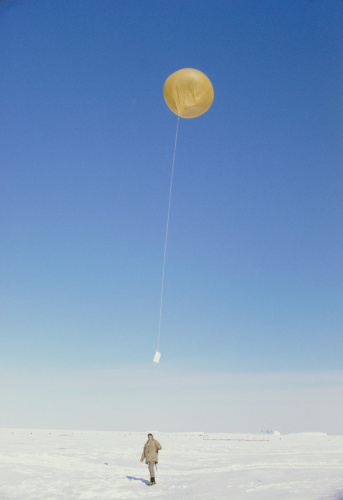How to Use a Weather Balloon

In order to get information about the weather or collect atmospheric data, you need to use a weather balloon. This data or information is used by scientists to help make weather predictions and forecasts. There are many different shapes and sizes of weather balloons which you can use. All the instrumentation is attached to the bottom of the weather balloon to collect the information. Follow some simple steps to learn how to use a weather balloon.
Things Required:
– Weather balloon
– Hydrogen or helium
– Radiosonde or another type of recording equipment
– Tether
Instructions
-
1
Fill the balloon
You are required to fill your balloon either with Hydrogen or with Helium. You should fill the gas level according to the manufacturer’s recommendations. In case you fill the balloon with too much of gas, you might break it or cause it to leak. You should fill the balloons indoor to protect it from the wind and prevent the material from tearing. -
2
Attach a radiosonde
Next you need to fix a radiosonde on the bottom of the balloon. Remember that the radiosonde is used to collect all the data you require while the weather balloon is in flight. -
3
Tether the balloon
After attaching the radiosonde, tether the balloon with a wire or sturdy line. This device is used to find the location of weather balloon after its flight. You are required to install the tether according to the height of the weather balloon’s flight. You should also consider the wind factor before tethering the balloon. -
4
Release the balloon
Now you need to release your weather balloon in the direction you want. You will want to make sure that the location you send the weather balloon does not have any power lines, telephone wires, electrical grids or other obstructions. -
5
Locate the radiosonde after the flight
Next you need to find the radiosonde and any other piece of equipment you attached with the balloon. When a weather balloon goes high, it expands and eventually pops. Once lowering the balloon or if it happens to pop, it is important to recover the radiosonde. -
6
Retrieve the data from the radiosonde
In the end you need to get the data from the radiosonde by using a computer with the appropriate attachments.





